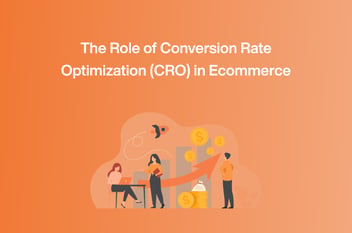In the rapidly evolving world of mobile app development, cross-platform frameworks have gained significant popularity. One such framework that has been making waves is Flutter. Developed by Google, Flutter offers a powerful and efficient solution for building native apps for both iOS and Android platforms using a single codebase. In this article, we will explore the fundamentals of cross-platform mobile development with Flutter and its key features and benefits.
Prior to Flutter, there were rival cross-platform mobile app development frameworks React Native and Xamarin. In terms of concepts, Flutter is more similar to React Native and Xamarin, however, there are significant differences in the technical architecture of each of these frameworks. But the Google developer blog shows Flutter's popularity is rising incredibly quickly.
.png?width=800&height=371&name=image1-3%20(1).png)
Why Flutter?
Smooth Development Cycle and Rapid Results
Using the knowledge gained by using Flutter-based activities, some of the key characteristics are listed below. Flutter has many features that make the development process simpler for developers.
Business logic components (BLoC)
The principles of Flutter rely on reactive programming that makes stream estimates. Business Logic Components, or BLoCs, are the name of this design paradigm. Using streams, this architecture enables the separation of the user interface from the business logic of the application.
Reactivity and the separation of the user interface from the data are the core benefits of BLoC architecture. The BLoC architecture uses organized, async, and stream-based strategies to avoid performance delays in the application. It suggests that while data is stacked from the server, animations and screen scrolls will function without difficulty.

Code architecture
The final presentation and responsiveness are unaffected by the number of objects that have been settled in the Flutter code. This is due to the absence of recursive calls during layout preparation.
Threads in multithreading, which Flutter offers, are referred to as isolates. Only one fundamental Isolate is referred to as the UI Thread when learning Dart. It is the appropriate response for ongoing tasks that must be handled concurrently with the efficient operation of the overall program.
DartPub
Mobile developers typically use the DartPub as a package manager as Flutter uses the Dart programming language. It provides a lot of reusable packages and libraries. When choosing a plugin module, one can check the popularity of the module as well as the health and upkeep of the code. When developing bespoke features, it's crucial to ensure that the code is regularly updated and tested rather than choosing modules based on their popularity rate.
Conclusion
Flutter has emerged as a robust framework for cross-platform mobile development, empowering developers to create native apps for iOS and Android with remarkable efficiency. In this article, we explored the key aspects of Flutter development, from setting up the development environment to building user interfaces, managing state, testing, and distributing apps. By embracing Flutter, developers can unlock the potential of cross-platform development while maintaining high-quality user experiences on multiple platforms.




-1.png?width=352&name=image.png%20(19)-1.png)